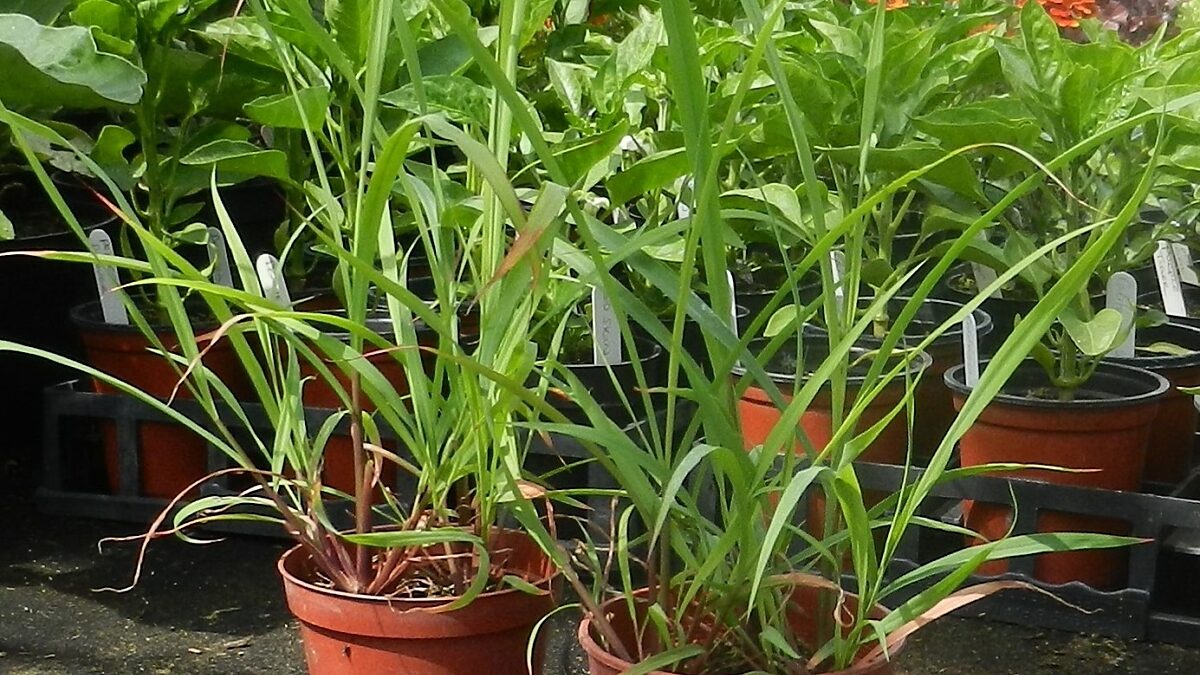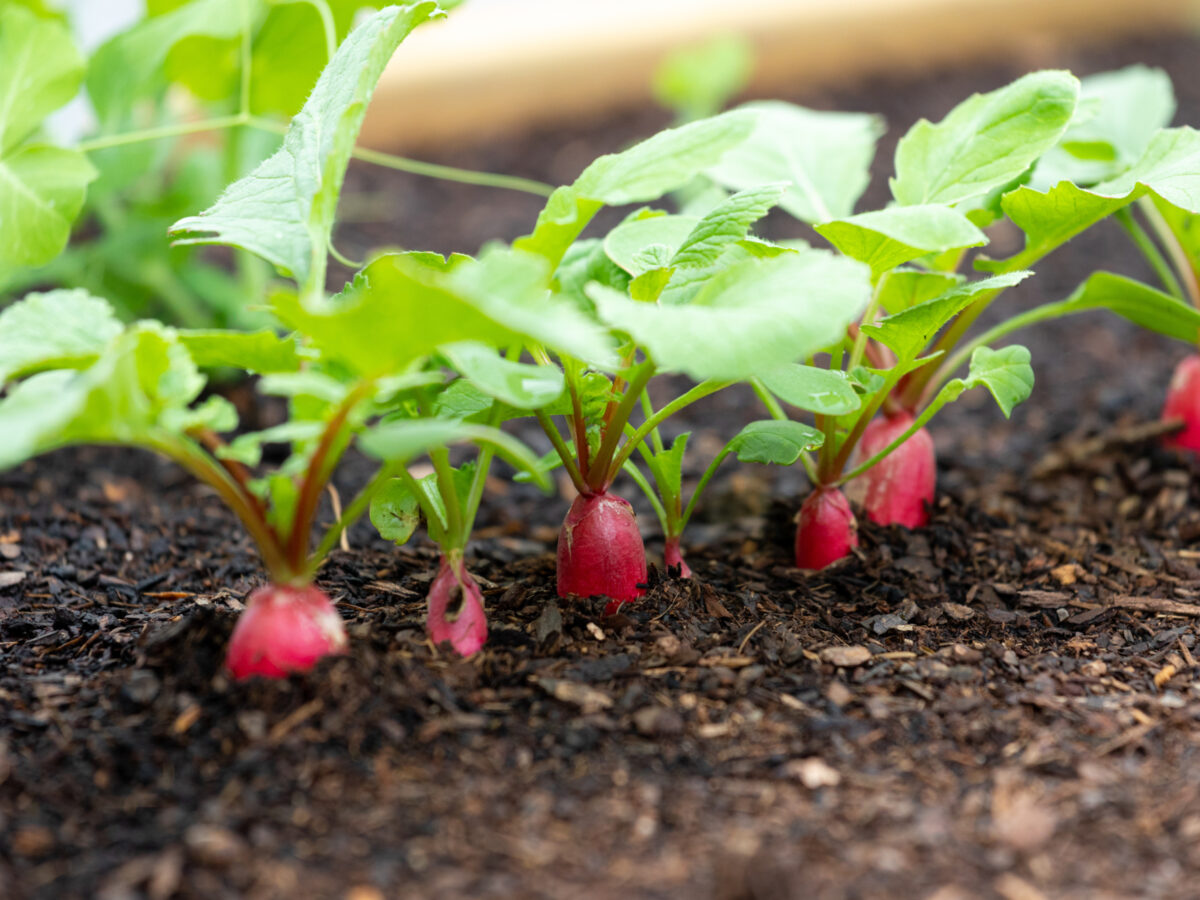
Lemongrass
- Tags
- Vegetables and herbs
| Growing calendar | |
|---|---|
| Sow indoors | Early spring, but better grown from cuttings |
| Harvest | August to September |
There are two different species in cultivation - Cymbopogon citratus and more rarely C. flexuosus, mostly grown in Kerala and South India. This is usually cultivated for local markets and is rarely seen in the UK.
C. citratus grows to about 1m 3ft tall and is hardy to about 7C/45F. Plants are relatively easy to grow in the UK during summer, provided it has a sunny position and good drainage.
How to grow lemongrass
Growing from seeds can be difficult: germination is often erratic, taking a few days or many months. If you're having a go, sow during early spring indoors, in small pots at 13-18C/55-64F. It’s not worth growing lemongrass outside from seed, as it has such a short season.
Propagating vegetatively is easier than growing from seed. Select a vibrantly fresh bunch of culms (the name for the hollow stems of grass). Shave a tiny slice from the end of each stem using a very sharp knife. Insert the cut ends into gritty compost, cover the pot with a sawn-off plastic bottle top or put in a propagator. Keep the cuttings in a light place at 18-23C/65-70F for up to three weeks when new growth should be apparent. If you have access to a propagator, you'll be able to start the culms off in February, otherwise wait until April.
Pot plants on as needed. A mature plant will need a pot of at least 30cm/12in diameter and be happier in a larger one. Clumps can easily be split and propagated vegetatively over many years without deterioration.
Lemongrass can be grown outside during summer in the same sort of place as you would grow tomatoes: a rich but free draining soil in full sun. The leaves have quite rough, sharp edges so be careful about placing it near a path.
Harvesting and using lemongrass
Once the plants are large enough you can snip off leaves and stems as required, but by late August to early September it’s time to dig up the clump. Separate a small offset to grow on a windowsill over winter. Remove the roots and long leaves from the rest before processing. Excess leaves can be infused to make a healthy tea.
Fresh lemongrass won’t keep well and loses its perfume if dried, so if you have a large harvest, put it in the freezer or blend a few culms to a paste with chillies, ginger and garlic for a fresh Thai-style flavouring which will store for about 10 days in the fridge.
Troubleshooting
Water plants during prolonged dry spells. The high levels of essential oil in lemongrass protect it from most pests and diseases, except snails.
Seed saving
Very rarely flowers in UK so most unlikely to set seed. Propagate from cuttings.
| Growing notes | |
|---|---|
| Difficulty | Moderate |
| Germination time | Varies: 21 days to six months |
| Average time to harvest | As soon as plants large enough for leaf, five months for culms |
| Equipment needed | Heated space overwinter |
| Average plant size | 60-80cm tall and 45-60cm across |
| Family group to grow with | Grasses & sweetcorn |
| Key nutritional content | Potassium: other minerals & vitamins in low amounts due to quantity used |
| Latin name | Cymbopogon |

Love our growing advice?
Get a direct link to our horticultural advice team, as well as members-only online resources with a Garden Organic membership.